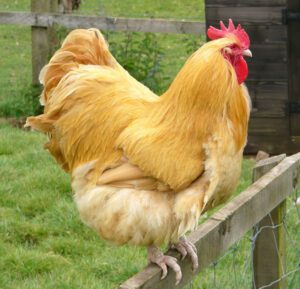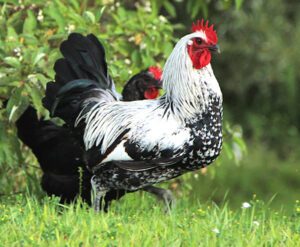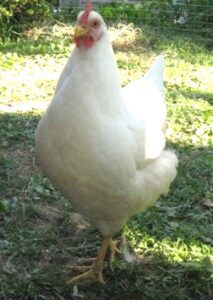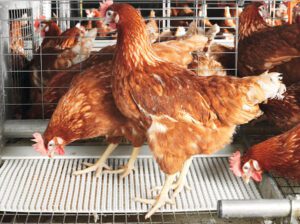Java chicken is a dual purpose breed originating in the United States. But it’s name came from the island of Java. Java chicken was developed in the United states from chickens of unknown Asian stocks.
It is among the oldest chicken breed created in the United States, and forming the basis for many other breeds. Java chicken is considered as the second oldest breed developed in America, after the Dominique chicken.
But today this breed is critically endangered. They have great historical importance and the Java chicken is a key foundation breed for some other great American chicken breeds.
They have significant contribution to major modern chicken breed such as the Jersey Giant, Plymouth Rock and Rhode Island Red. In the year of 1883 Java chickens were first recognized officially and accepted into the American Poultry Association’s Standard of Perfection.
In the Standard Black, White and Mottled were originally described. But because the White was thought to be too similar to the White Plymouth Rock and was removed from the Standard in 1910. And the white variety eventually disappeared in the 1950s.
Java chicken is a critically endangered breed today. The American Livestock Breeds Conservancy continues to list Javas as Critical on its watchlist.
Physical Characteristics of Java Chicken
Java chicken is a heavy breed with very long, broad back and deep breast. Their combs and wattles are medium in size and have small earlobes. Combs, earlobes and wattles are red in color. They have single comb.
The skin color of Java chicken is yellow and the hens lay brown colored eggs. This breed comes in three color varieties: Black, White and Mottled. The Black Java chicken is noted for it’s beetle-green sheen of it’s feathers. This variety has dark eye color, being dark brown or even nearly black.
Black Javas have black shanks and beaks, though some yellow may appear in the legs. Mottled Java chicken’s feathering is black with splashes or mottles, of white. They have very intense red eye color. The legs of the Mottled Java should be a broken leaden-blue with yellow soles.
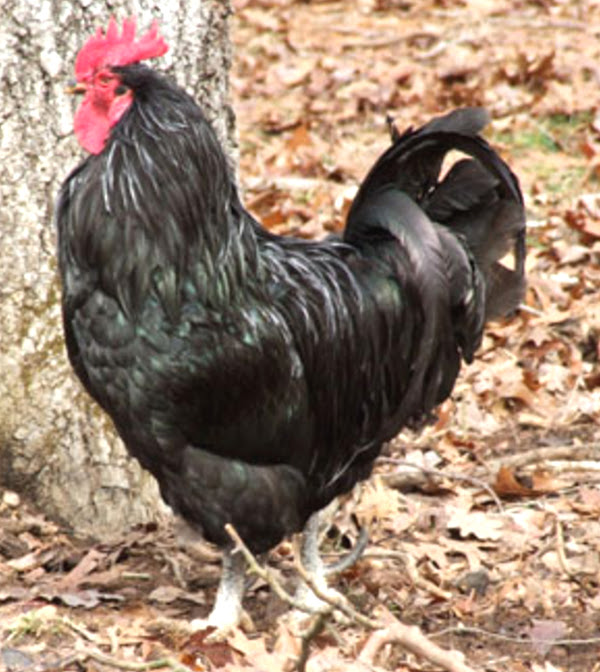
White Java chicken variety has yellow legs. Both the White and Mottled Java chickens have mostly yellow skin with horn colored beaks. On an average, male Java chicken weights about 4.3 kg and females about 2.9-3.4 kg. Photo from LivestockConservancy.
Behavior/Temperament
Java chickens are great heavy breed and are valued for their dual purpose characteristics. They are suitable for both meat and eggs production in small farms. They are great foragers and the hens are also great layers.
They are friendly and have docile temperament like most other heavy chicken breeds. Javas are particularly suited to small backyard flocks, where a genuinely good dual purpose bird is needed, like the Speckled Sussex chicken breed.
They are calm in nature and bear confinement well. Java chickens are slow growing breed compared to the broilers raised in the modern commercial chicken farms. Hens are great layers, and lay good amount of large, brown eggs.
Hens will go broody. As they are excellent foragers, so they will require less supplementary feeds if allowed to free range. They are hardy breed and also hardy in inclement weather.
Specially it’s a suitable breed for the poultry keepers who want to have a good dual purpose chicken. Review full breed profile of this chicken breed below.
| Breed Name | Java |
| Other Name | None |
| Breed Purpose | Dual Purpose (Meat & Eggs) |
| Breed Temperament | Calm, Docile, Friendly, Quiet, Bears confinement well |
| Breed Size | Large |
| Broodiness | Frequent |
| Comb | Single |
| Climate Tolerance | All Climates |
| Egg Color | Brown |
| Egg Size | Large |
| Egg Productivity | Medium |
| Feathered Legs | No |
| Rarity | Rare |
| Varieties | Black, Mottled and White |


